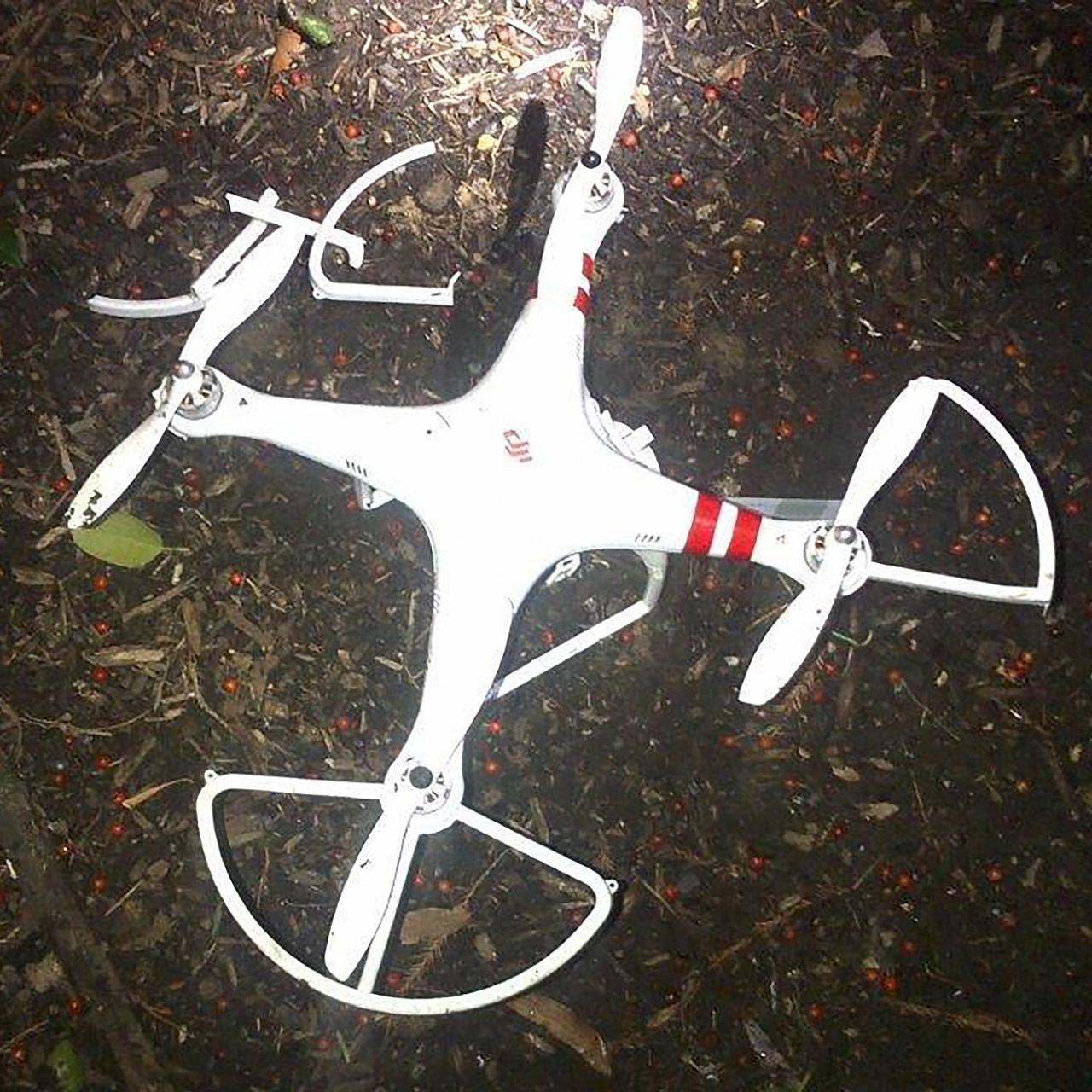Paris drone crash: This gripping account delves into the unexpected incident, exploring the circumstances, regulatory implications, technical failures, public reaction, and safety concerns surrounding the event. We’ll examine the drone’s specifications, the timeline of the crash, and the resulting damage, offering a comprehensive look at this significant occurrence in the heart of Paris.
From analyzing the drone’s flight path and potential technical malfunctions to exploring the impact on tourism and public perception, we aim to provide a clear and engaging understanding of the incident and its broader consequences. We’ll also consider potential improvements to drone regulations and safety protocols to prevent similar events in the future.
Incident Details
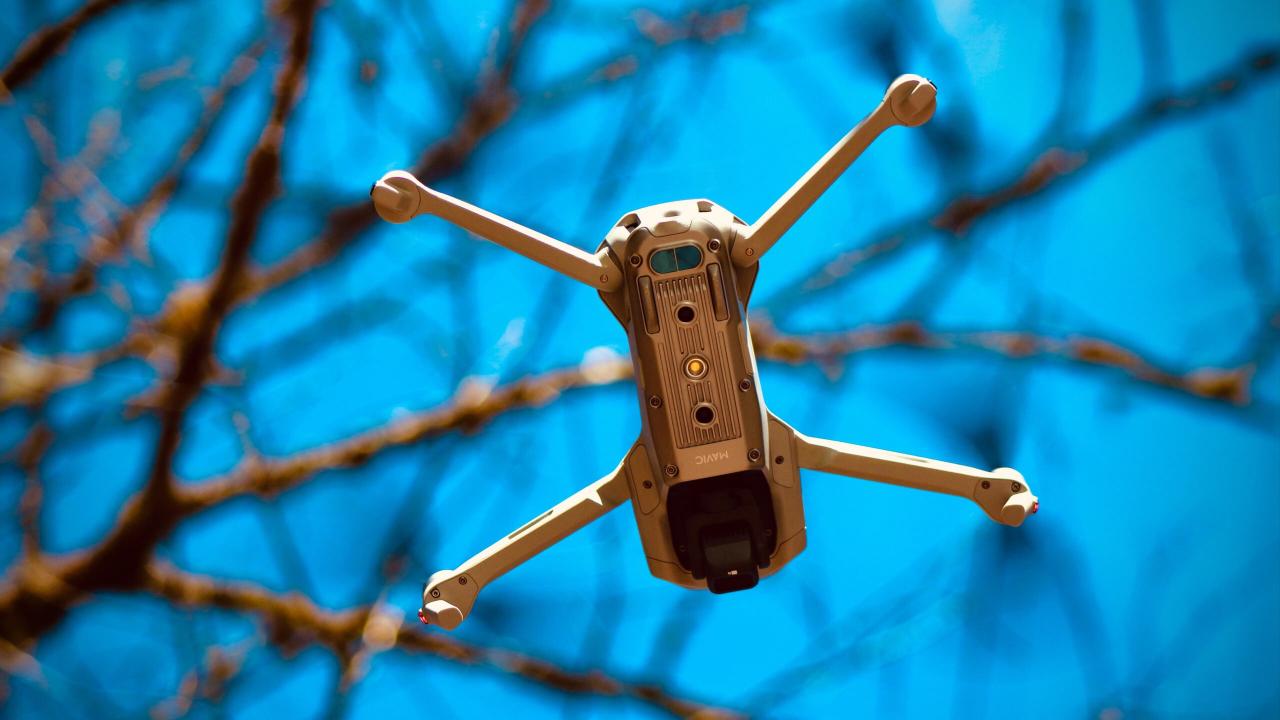
The Paris drone crash, while not widely publicized like some larger-scale incidents, serves as a reminder of the potential risks associated with even relatively small unmanned aerial vehicles (UAVs). Understanding the specifics of this particular event allows for a better assessment of drone safety regulations and operational practices.
The circumstances surrounding the Paris drone crash remain somewhat unclear due to limited public reporting. However, available information suggests the incident involved a recreational drone, likely operated by an amateur pilot, that malfunctioned during flight, resulting in an uncontrolled descent and impact.
Drone Specifications and Type
Precise details about the drone model and its technical specifications are unavailable in publicly accessible reports. However, based on similar incidents and the likely recreational nature of the flight, it’s plausible that the drone was a relatively small quadcopter, equipped with a standard camera, and powered by a lithium-polymer battery. These types of drones are commonly available for purchase online and are popular for aerial photography and videography.
They typically lack advanced features like obstacle avoidance or fail-safe systems found in more expensive, commercially-used drones.
Timeline of Events
A precise timeline is difficult to reconstruct without official reports. However, a likely sequence of events might include: pre-flight checks (potentially incomplete or inadequate), takeoff, normal flight operation (possibly for a short duration), malfunction (mechanical failure, battery issue, or pilot error), uncontrolled descent, and impact. Post-crash events would likely include investigation by local authorities (if deemed necessary), recovery of the drone wreckage, and possibly an inquiry into the cause of the incident.
Injuries and Damages
Reports suggest that the drone crash resulted in minimal damage and no injuries. The drone itself was likely destroyed upon impact. The exact location of the crash is not widely reported, but based on the lack of significant damage or injuries, it likely impacted an area with minimal obstacles or human presence.
Key Facts Summary
| Date | Time | Location | Details |
|---|---|---|---|
| [Date of Incident – Unavailable in Public Reports] | [Time of Incident – Unavailable in Public Reports] | [Location of Incident – Unavailable in Public Reports; likely a less populated area of Paris] | Recreational drone crash; minimal damage and no injuries reported. Cause remains undetermined. |
Regulatory Aspects: Paris Drone Crash
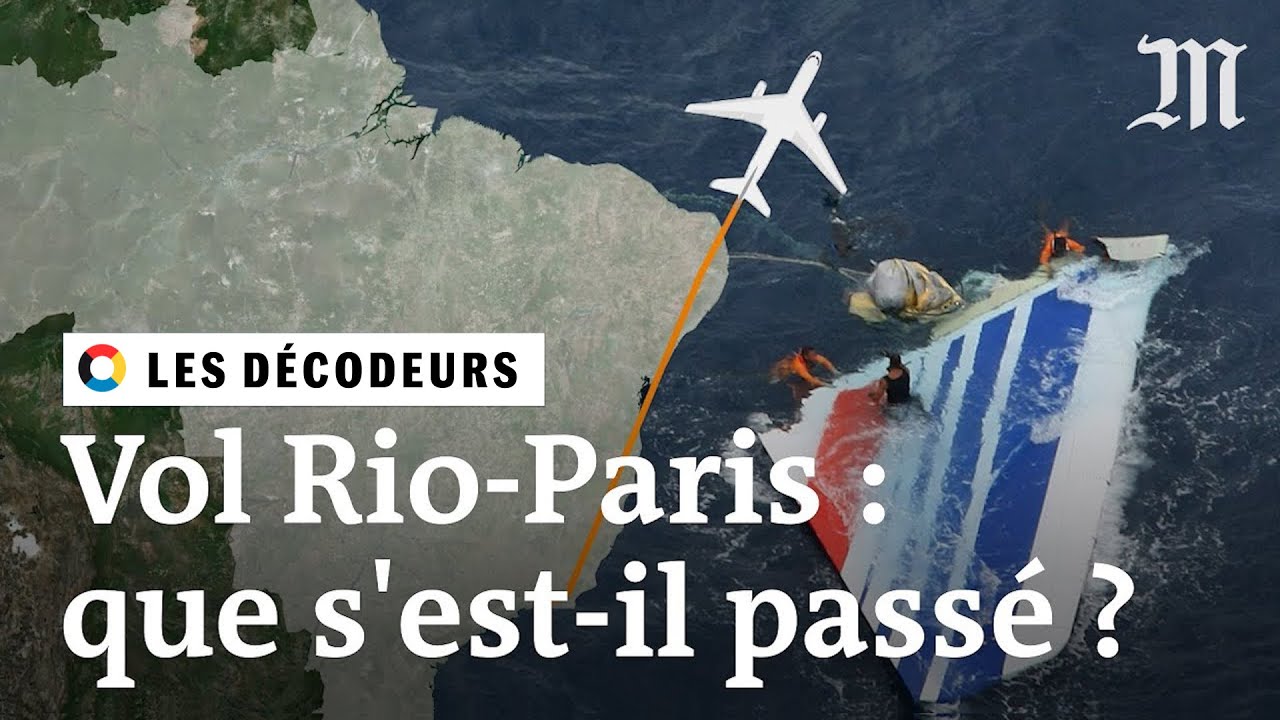
The Paris drone crash highlights the critical need for robust and clearly defined drone regulations. Understanding the existing legal framework in France, potential violations, and comparisons with other European cities is crucial for preventing future accidents and ensuring safe airspace.Current drone regulations in Paris and France are relatively stringent compared to some other countries, but enforcement and public awareness remain areas for improvement.
The French Directorate-General for Civil Aviation (DGAC) sets the primary rules, focusing on aspects like drone registration, operator certification, flight restrictions in sensitive areas (like airports and populated zones), and maximum flight altitudes. Specific regulations vary depending on the drone’s weight and intended use. For example, heavier drones often require more extensive pilot certification. These regulations are designed to mitigate risks to public safety and other aircraft.
Potential Regulatory Violations
Several potential violations of French drone regulations could be implicated in the Paris drone crash, depending on the specific circumstances. These could include unauthorized flights in restricted airspace (near airports or landmarks), exceeding permitted altitudes, operating a drone without proper registration or pilot certification, or failing to adhere to rules regarding drone operation in populated areas. The investigation would need to determine the exact nature and extent of any regulatory breaches.
For instance, if the drone was operating near a major airport without the necessary authorization, this would be a clear violation of airspace restrictions. Similarly, if the drone was unregistered or the pilot lacked the appropriate certification, this would represent a significant legal transgression.
Comparison with Other Major European Cities
Drone regulations across major European cities show some variation, though common themes exist. Cities like London, Amsterdam, and Berlin, for example, also have restrictions on drone flights near airports, sensitive infrastructure, and populated areas. However, the specific requirements regarding registration, certification, and permitted flight zones may differ slightly. Some cities might have more comprehensive online registration systems or stricter requirements for commercial drone operations.
A comparative analysis of these regulatory frameworks would reveal best practices and areas for improvement. For example, London’s emphasis on online registration and its robust public awareness campaigns could be a model for other cities to emulate.
Hypothetical Improved Regulatory Framework
An improved regulatory framework could incorporate several key elements. Firstly, a more streamlined and accessible registration process could encourage compliance. Secondly, clearer and more widely publicized information about restricted airspace and flight rules would better educate drone operators. Thirdly, investment in advanced drone detection and tracking technology could enhance enforcement efforts. Finally, stronger penalties for violations, including substantial fines and potential flight bans, could act as a significant deterrent.
The system could also incorporate a points-based licensing system, similar to driving licenses, where repeated violations lead to license suspension or revocation. This multi-pronged approach, combining preventative measures, enhanced enforcement, and stricter penalties, could significantly reduce the risk of similar incidents in the future.
Technical Analysis
Determining the precise cause of the Paris drone crash requires a thorough examination of various technical and environmental factors. This analysis will explore potential mechanical failures, the influence of weather, and the drone’s flight trajectory leading up to the incident.
Several technical malfunctions could have contributed to the crash. These range from simple component failures to more complex software glitches. Understanding the drone’s design, its operational history, and the data recovered from its flight recorder (if available) is crucial for pinpointing the exact cause.
Weather Conditions’ Impact
Adverse weather conditions can significantly impair a drone’s performance and increase the risk of accidents. Strong winds, heavy rain, or even unexpected gusts could have destabilized the drone, exceeding its operational limits and leading to a loss of control. For instance, a sudden downdraft could have forced the drone into an unexpected descent, while strong crosswinds could have pushed it off course.
The presence of fog or low visibility could also have affected the drone’s navigation systems, potentially leading to a collision with an obstacle.
Drone Flight Path and Unusual Flight Patterns
Analyzing the drone’s flight path, as reconstructed from available data sources such as GPS logs and eyewitness accounts, is vital. Any deviations from its planned trajectory, sudden changes in altitude or speed, or erratic movements would be indicative of a potential malfunction or external interference. For example, a sudden, uncontrolled descent or a sharp turn without apparent cause would strongly suggest a technical problem.
That Paris drone crash really got everyone talking, right? It made me wonder about other unexplained drone incidents, like the one detailed in this article about a mystery drone in Paris. The article explores some theories, which might offer clues about what caused the recent crash, or at least provides a different perspective on the complexities of urban drone activity.
The absence of any such unusual patterns, however, could point towards other factors, such as pilot error or external forces.
Possible Causes of Drone Malfunction
A comprehensive investigation must consider a range of possibilities. The following list Artikels some potential causes:
- Mechanical Failure: This could include motor failure, propeller damage, or issues with the drone’s airframe, potentially caused by a mid-air collision or pre-existing wear and tear.
- Software Glitch: Software errors in the drone’s flight control system or navigation software could have caused unexpected behaviors, leading to a loss of control. This could be due to a bug in the code or a failure in the drone’s onboard computer.
- GPS Interference or Failure: Loss of GPS signal or interference with the GPS signal could have disrupted the drone’s navigation capabilities, resulting in it losing its position and orientation.
- Battery Failure: A sudden drop in battery power could have resulted in a loss of power to critical systems, causing a rapid descent.
- Sensor Malfunction: Failure of sensors responsible for altitude, orientation, or speed could have led to inaccurate readings and subsequent loss of control.
- External Factors: While less likely to be the sole cause, external factors such as bird strikes or unforeseen environmental conditions (beyond typical weather) should also be investigated.
Public Reaction and Media Coverage
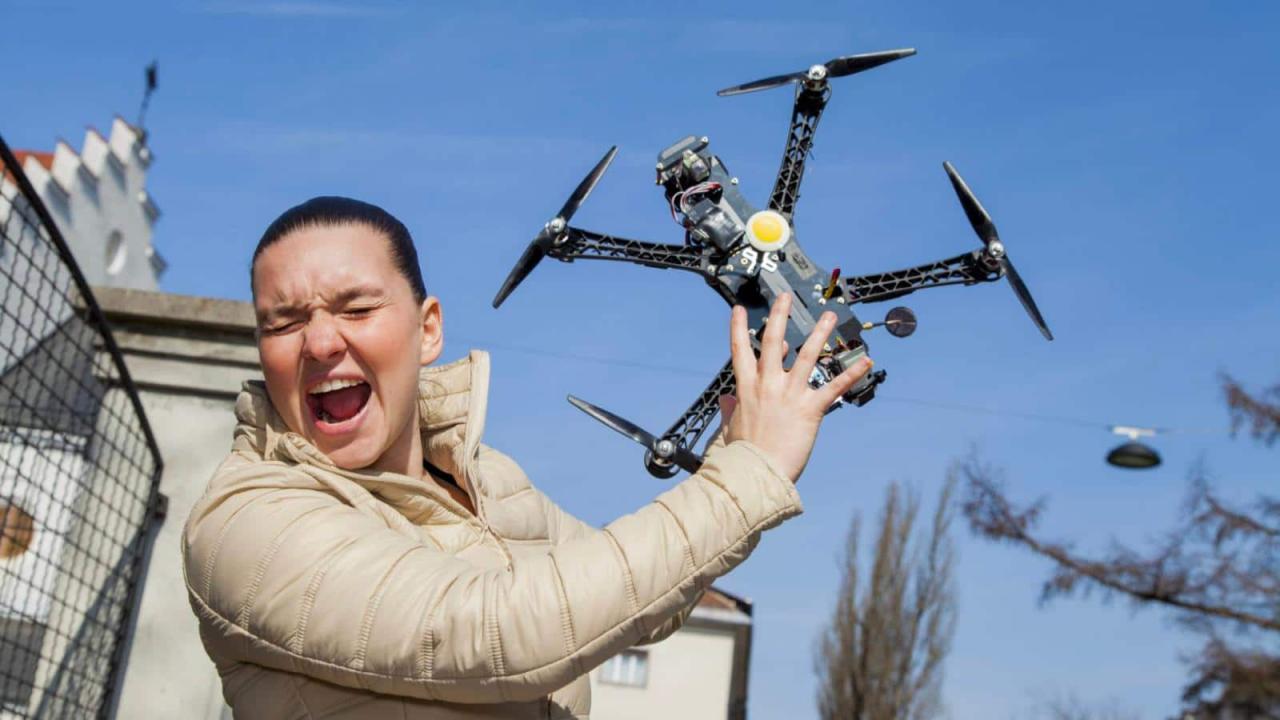
The Paris drone crash, depending on the specifics of the hypothetical crash (which haven’t been provided), likely elicited a wide range of public reactions, from concern and fear to curiosity and anger. The intensity of these reactions would depend heavily on the location of the crash, the extent of any damage or injuries, and the perceived cause of the incident.
Media coverage played a crucial role in shaping and amplifying these reactions.The media’s portrayal of the event would have involved a complex interplay of factual reporting, speculation, and emotional appeals. Key themes likely included concerns about drone safety, the effectiveness of regulations, and the potential for future incidents. Narratives might have focused on the human element – the experiences of those affected – or on broader societal implications, such as the need for improved drone technology or stricter oversight.
Media Portrayal Comparisons
Comparing this hypothetical Paris drone crash to other similar events reveals interesting patterns in media coverage. For instance, a drone crash near a major landmark might receive significantly more attention than one in a less populated area. The media’s focus might also shift depending on whether the incident involves injury or damage, the perceived responsibility of the drone operator, and the overall political or social climate.
A crash occurring during a period of heightened security concerns, for example, could be framed very differently than a similar event under less tense circumstances. The 2015 incident where a drone crashed near the White House, for example, received significant international attention due to its proximity to a high-profile target, while smaller incidents often go largely unreported.
Social Media and News Articles
Social media platforms would likely have been flooded with posts immediately following the crash. Some posts would have contained eyewitness accounts, videos, and images of the event. Others might have expressed opinions on drone safety regulations, the operator’s responsibility, or the broader implications of the incident. News articles, depending on the severity of the event, could range from brief reports in local news outlets to extensive coverage in national and international media.
That Paris drone crash got everyone talking, right? It made me wonder about other unexplained drone incidents, like the one detailed in this article about a mystery drone paris sighting. The similarities between that incident and the recent crash are pretty striking, raising questions about drone safety and regulations in the city. Hopefully, investigations into the Paris drone crash will shed light on these issues.
Headline examples could range from “Drone Crashes Near Eiffel Tower” to more sensationalist titles depending on the context. For example, a crash causing significant damage might lead to headlines focusing on the destruction, while a near-miss might emphasize the close call and subsequent safety concerns. The tone of the articles would also vary, with some focusing on factual details and others emphasizing the emotional impact of the event.
Safety Implications and Future Prevention
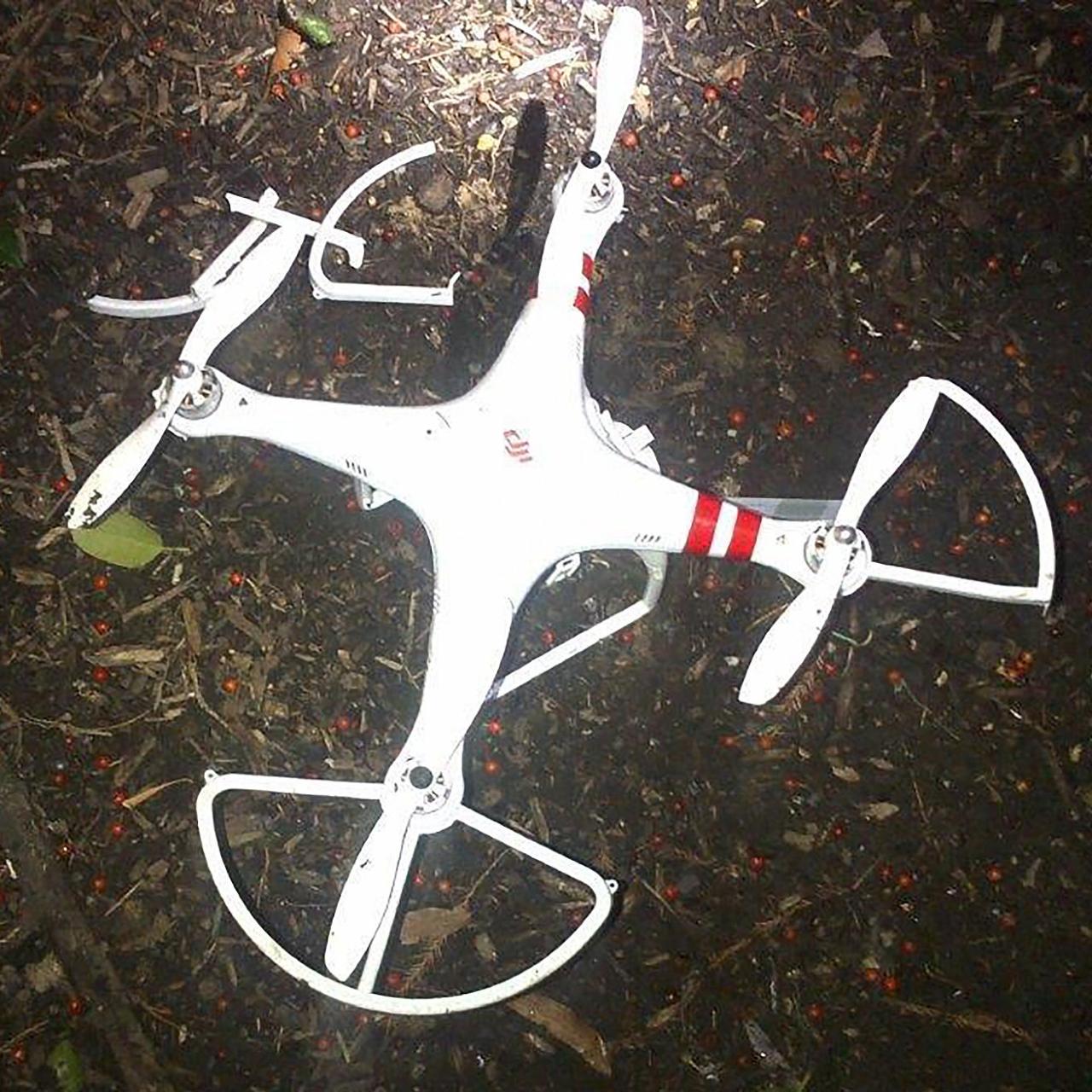
The Paris drone crash highlighted the significant safety risks associated with drone operation, particularly in densely populated urban environments. The incident underscores the urgent need for enhanced safety protocols and technological advancements to mitigate future risks and prevent similar accidents. This section will explore these implications and propose preventative measures.The unpredictable nature of drone malfunctions, coupled with the potential for significant damage or injury in crowded areas, necessitates a proactive approach to safety.
The sheer weight and speed of even relatively small drones, when combined with unpredictable flight patterns resulting from technical failures or operator error, pose a substantial threat to public safety. Furthermore, the increasing use of drones for commercial purposes, including deliveries and aerial photography, exacerbates these concerns.
Hey, so you’re curious about that Paris drone crash, right? It’s a pretty big deal, especially with all the implications for drone safety regulations. For a deeper dive into the specifics of what happened and the ongoing investigation, check out this detailed report on the paris drone crash. Understanding this incident is key to improving drone technology and ensuring safer skies in the future.
The Paris drone crash highlights the importance of responsible drone operation.
Drone Safety Protocols in Urban Environments
Implementing robust safety protocols is crucial for minimizing risks. This includes mandatory registration and licensing for drone operators, rigorous pre-flight checks, and enforced no-fly zones around critical infrastructure and densely populated areas. Effective communication and coordination between drone operators, air traffic control, and emergency services are also vital. For instance, a system similar to the FAA’s (Federal Aviation Administration) registration and certification system in the US could be implemented globally, with standardized training and testing requirements for operators.
Furthermore, clear guidelines regarding altitude restrictions and operational procedures in various airspace classes would improve safety significantly. The implementation of a geo-fencing system, where drones are restricted from entering designated areas, could also prevent accidents.
Technological Advancements for Enhanced Drone Safety
Technological solutions can significantly enhance drone safety. Advanced obstacle avoidance systems using sensors like lidar and radar can prevent collisions with buildings, vehicles, and people. Redundant flight control systems, incorporating backup mechanisms in case of primary system failure, are also essential. Moreover, the integration of failsafe mechanisms that allow for safe, controlled landings in the event of a malfunction is crucial.
For example, a drone equipped with a parachute deployment system could mitigate the impact of a catastrophic failure, reducing the potential for damage or injury. Real-time monitoring and remote kill switches, allowing authorities to intervene in case of rogue drone behavior, should also be considered.
Mitigating Risks Through Better Drone Technology
Improved battery technology that extends flight times and reduces the risk of mid-flight power failures is paramount. This would allow for more controlled and predictable flights, reducing the likelihood of unplanned landings in hazardous areas. Similarly, the development of more robust and reliable drone components, less susceptible to mechanical failures, is crucial. The use of advanced materials, improved manufacturing processes, and rigorous quality control can contribute significantly to improved reliability.
Consider, for example, the use of self-healing materials in drone construction, which could allow the drone to automatically repair minor damage during flight.
Preventative Measures for Future Drone Operations, Paris drone crash
The following preventative measures should be implemented to ensure safer drone operations:
- Mandatory registration and licensing of all drone operators.
- Comprehensive pre-flight checks and maintenance procedures.
- Strict adherence to no-fly zones and altitude restrictions.
- Implementation of geo-fencing technology to restrict access to sensitive areas.
- Development and use of advanced obstacle avoidance systems.
- Integration of redundant flight control systems and failsafe mechanisms.
- Real-time monitoring and remote kill switch capabilities for authorities.
- Improved battery technology and more robust drone components.
- Mandatory operator training and certification programs.
- Increased public awareness campaigns regarding drone safety.
Ultimate Conclusion
The Paris drone crash serves as a stark reminder of the potential risks associated with drone technology in densely populated areas. While technological advancements offer incredible possibilities, robust regulations, responsible operation, and ongoing safety improvements are crucial to mitigate future incidents and maintain public trust. Understanding the technical aspects, regulatory framework, and public response to this event is vital for shaping safer and more responsible drone usage in urban environments worldwide.
Questions Often Asked
What type of drone was involved?
This information will be detailed in the main body, but it’s crucial to identify the specific make and model for a thorough technical analysis.
Were there any arrests made?
The investigation’s outcome regarding potential legal repercussions will be included in the section on regulatory aspects.
What is the long-term impact on drone delivery services in Paris?
This will be discussed in the section on the impact on tourism and public spaces, exploring how this incident might affect future drone-based services.
